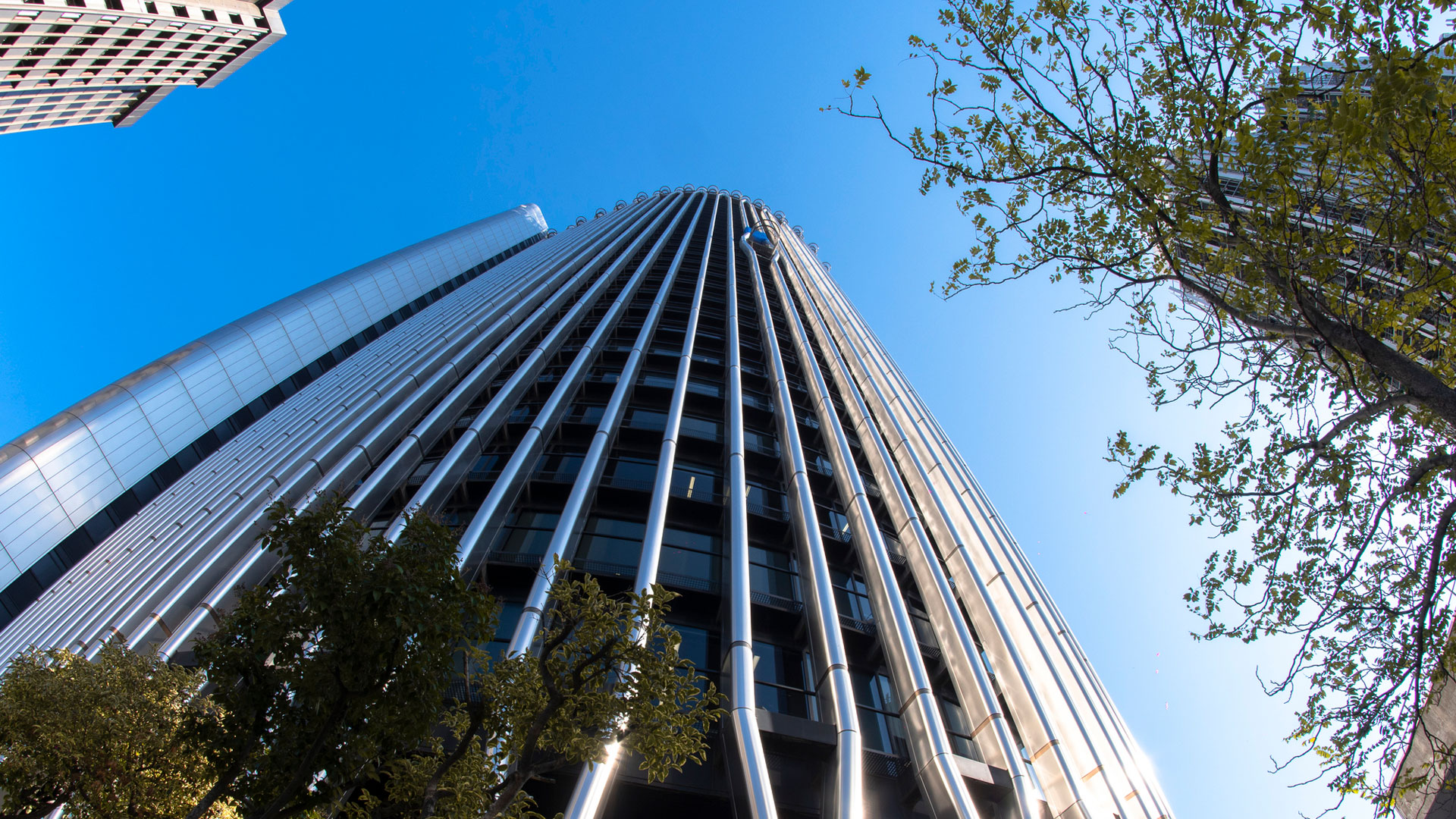18.05.2022 | Axpo powers ahead in France
“Employees are the most important key to growth”
The government auction system in France has had a strong impact on the wind energy sector in recent years. With 11% of overall volume, Axpo’s Volkswind subsidiary is one of the most important players in this market. Jean-Luc Proust, Head of Volkswind France, explains how the market works and what strategy the company is following.
Jean-Luc, it is clearly attractive to build wind turbines in France. How long have you been active in this market?
Indeed, due to good wind conditions, regulation and an energy roadmap, the onshore wind market is actually attractive in France. Having started in 2001, Volkswind is one of the pioneers of wind development here.
What does the energy roadmap contain exactly? What should be achieved by when?
The energy roadmap for France is defined chiefly by two documents which specify objectives and deadlines for various levels of activity. The National Low Carbon strategy sets the long-term vision of achieving carbon neutrality by 2050 and the production of 100% carbon-free electricity. The Multi-annual Energy Programme (PPE) establishes the energy transition priorities for public authorities, with targets for each energy sector. Onshore wind power, for example, should achieve an installed capacity of 33.2 GW (the programme’s low option) or 34.7 GW (its high option) by 2028. To put this in perspective, by the end of 2021 the total connected wind power capacity in France was 18.8 GW.
France has been running auctions since 2017. How do they work?
Since the end of the feed-in tariff or the electricity purchase obligation in 2017, the only support mechanism for onshore wind energy is direct marketing.
Here, the energy is sold on the market by means of the direct marketer, such as Axpo Trading, and the difference to the fixed tariff is contributed by the French electricity company EDF. The fixed tariff is either the result of the auction process, or set by law for wind farms up to a certain size.
The tender procedure is organised by the Ministry of Energy and the tenders are evaluated by the Energy Regulatory Commission (CRE). Offers must be quoted on the basis of the proposed price only, without considering any regional specification.
How have you done in the French market so far?Cumulative results of the first nine French onshore wind auctions show Volkswind ahead of all our competitors, with 452 MW awarded, which represents 11% of the overall volume. We can be very proud of this success.
How long does it take to build a wind farm in France?
The average development time for a wind farm in France is between six and eight years.
What influences the duration of the procedure?
The construction of a wind farm in France requires an environmental permit. To obtain this authorisation, it is necessary to carry out in-depth studies on, for example, birds, bats, the landscape and acoustics. This is followed by an administrative process that includes a public inquiry, during which citizens can express their opinion on the project. Finally, taking all this into account, the prefect decides whether or not to authorise the project. This decision is often legally contested by a few local opponents, which can delay the project's completion by several years.
Simplified approval process in France since 2019
Before 2019, projects were subject to two levels of jurisdiction: the administrative court (tribunal administratif) and the administrative court of appeal (cour administrative d'appel). Today, appeals against environmental authorisations for onshore wind projects can only be challenged before the administrative courts of appeal, in the first and last instance. The only appeal that remains open after the decision of the administrative court of appeal is the appeal in cassation before the Council of State (Conseil d'état). Removing the first level of jurisdiction has streamlined the process, making the approval of wind projects up to two years faster.
In the solar industry in France, citizens are also participating in the expansion via crowdfunding. Do such models also exist in the wind business?
Yes. Although less so than in solar energy, the wind energy sector is also relying increasingly on the participation of citizens and communities in its development. Volkswind has already set up five successful crowdfunding operations for the development of wind power projects in France. However, new models still need to be developed, for example by facilitating the acquisition of shares in the project company by local authorities or residents.
Together with Volkswind, Axpo wants to develop 3 GW of electricity from onshore wind turbines by 2030. How do you intend to achieve this?
The strategy in France and Germany is to grow both organically and through acquisitions.
What does that mean exactly?
For France, organic growth means increasing the number of employees in our existing offices in Limoges, Tours, Montpellier and Amiens, and opening new offices in areas where we don’t have a strong presence yet, such as Eastern France and Brittany as well as the North of France, where we can still gain market share.
What are your plans for growth through acquisitions?Growth through acquisitions means that we actively monitor the market for other, smaller wind developers to acquire or single projects that are in an early development stage. But the most important factor for growth is our employees. That is why we are also working on the development of our personnel to improve processes and find new ways to develop projects – for example, repowering, combining with battery and hydrogen, encouraging public participation, and so on.
And where do you want to build these 3 GW? Which countries are interesting for you?
The majority will be developed in the core markets of France and Germany. Volkswind has a strong brand in these countries and both offer a stable legal and political environment for the development of wind projects. They are the backbone of our business, as we have our know-how in those markets.
Do you have other countries in focus?
We are currently preparing a market entry in Romania and additional offices in more merchant-based markets (without feed-in tariffs, contracts for difference or similar) will follow. Volkswind is pursuing a niche strategy, primarily targeting markets that are not yet the focus of the big developers. Romania fulfils most of our key criteria when assessing new markets: strong demand for additional renewable capacity, high local acceptance of renewables, medium market size, a relatively moderate competition, good wind conditions, and less restrictions in the planning process. That being said, markets such as Romania do have higher regulatory, economic and compliance risks than our core markets, and grid capacity and the commercialisation of production are challenging. However, we work very closely with Axpo's local colleagues and use the synergies and market knowledge of the Axpo Group to help manage the risks.
Can you give us an assessment of the expansion of wind energy in Switzerland? Why is it not interesting for you there?
All wind development activities in Switzerland are the sole responsibility of Axpo’s subsidiary CKW, which is strongly embedded locally and has deep market knowledge. In doing so, we mutually use our synergies in the Axpo Group. There is a regular exchange at expert level between CKW and Volkswind to share our know-how. This exchange would definitely be intensified when the regulatory environment in Switzerland becomes more supportive. Here again, we can leverage the synergies of the Axpo Group.
Windland France
In 2021, onshore wind turbines with a total capacity of 1,064 MW were added in France – an increase of 6%. The total wind turbine capacity in France is 18,877 MW. Production in 2021 fell from 39.7 TWh to 36.8 TWh compared to 2020, a decrease of 7%, due to less favourable climatic conditions. Electricity from wind power supplied around 7.8% of national electricity consumption in 2021.
Switzerland as a ‘developing country’
Wind energy has a difficult time in Switzerland. This is mainly due to the many conflicts of interest between utilities and environmental bodies, which inhibit or delay the construction of new wind power plants. To date, 42 wind turbines have been built in Switzerland. Unfortunately, these only utilise a fraction of the potential available in the country. To achieve the federal government's energy strategy, around 800 to 900 wind turbines would have to be built by 2050. On average, wind energy is available in Switzerland for about 15% to 20% of the time. Around two thirds of electricity could be produced by wind power plants in the winter half-year, i.e. when we need electricity the most. A study by Suisse Eole, in cooperation with the Swiss Federal Office of Energy, estimates the usable potential of wind energy to total 9 TWh/year. This is a potential that has not yet exploited. Unfortunately, that is unlikely to change without simplifying planning and permitting procedures.





